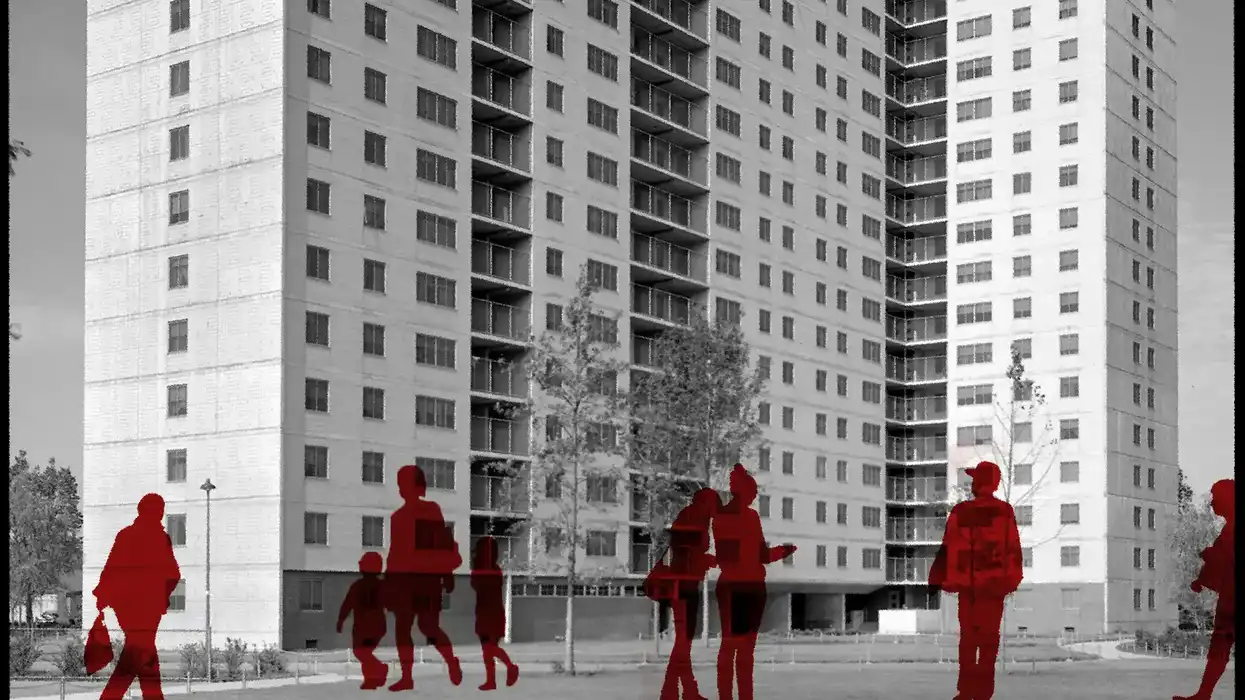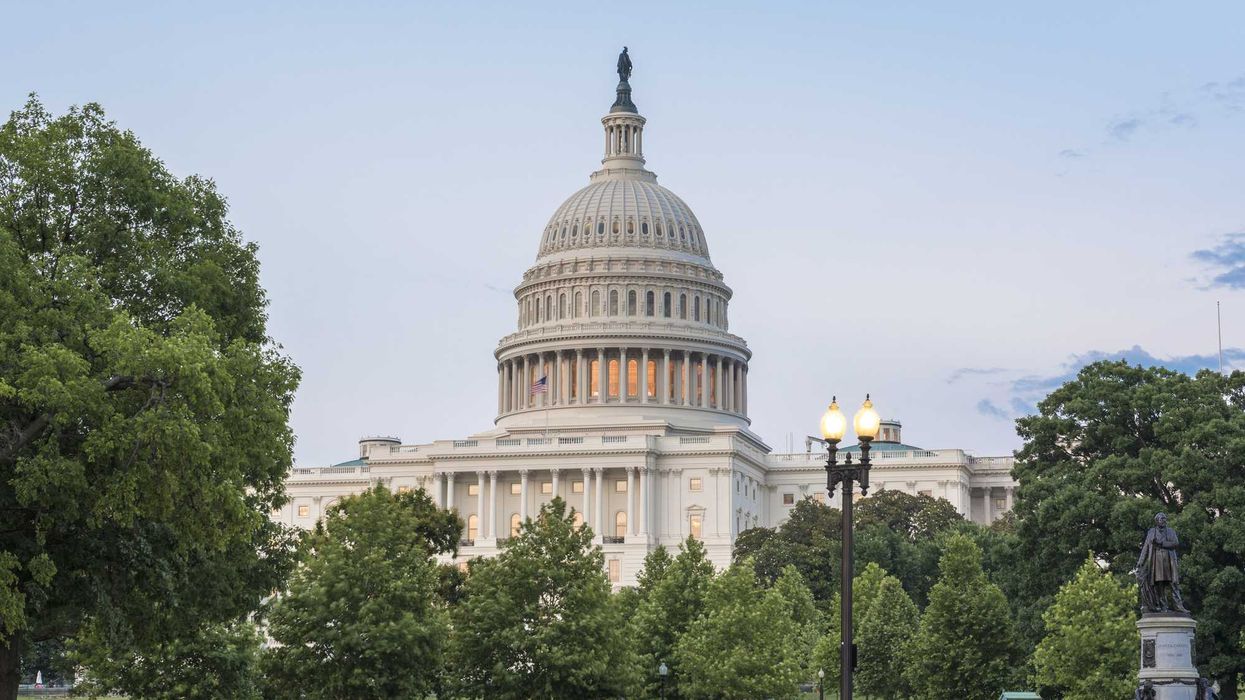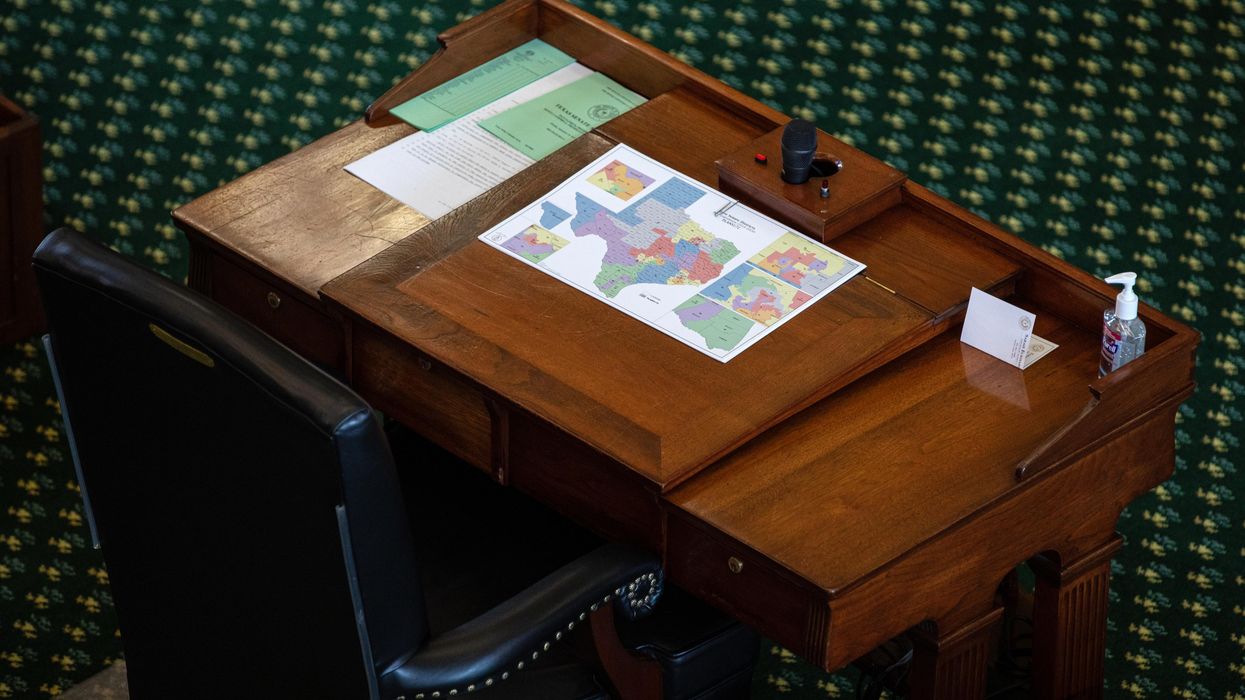Some 4 million people could lose federal housing assistance under new plans from the Trump administration, according to experts who reviewed drafts of two unpublished rules obtained by ProPublica. The rules would pave the way for a host of restrictions long sought by conservatives, including time limits on living in public housing, work requirements for many people receiving federal housing assistance and the stripping of aid from entire families if one member of the household is in the country illegally.
The first Trump administration tried and failed to implement similar policies, and renewed efforts have been in the works since early in the president’s second term. Now, the documents obtained by ProPublica lay out how the administration intends to overhaul major housing programs that serve some of the nation’s poorest residents, with sweeping reforms that experts and advocates warn will weaken the social safety net amid historically high rents, home prices and homelessness.
“These are rules that are going to cause an enormous amount of hardship for millions of people in communities across the country,” said Will Fischer, director of housing policy at the Center on Budget and Policy Priorities, a nonpartisan think tank. “It’s going to cause people to become homeless, kids to be pulled out of their schools, people to lose their jobs.”
A spokesperson for the Department of Housing and Urban Development, which drafted the rules, declined to comment.
The two rules obtained by ProPublica are labeled as drafts and could change before they are officially proposed. At a meeting at HUD headquarters this month, Ben Hobbs, who heads the agency’s public housing office, said the rules were under review at the Office of Management and Budget, according to a HUD official in attendance. (OMB typically reviews proposed rules for compliance with federal standards and consistency with the president’s policies.)
The push to adopt the rules is part of a broad effort to roll back federal housing programs under the current administration. Trump’s budget proposal called for cutting funding for public housing, housing vouchers and other rental assistance by 43%. In March, HUD and the Department of Homeland Security announced a data-sharing agreement targeting so-called mixed-status families, in which some family members are eligible for housing assistance and others are not because they are in the country illegally or have another immigration status that makes them ineligible. More recently, HUD reportedly planned to require all local public housing authorities to identify such families to the federal agency.
Work requirements impart a “renewed sense of purpose for millions of Americans,” in the view of HUD Secretary Scott Turner. Calling welfare a “lifelong trap of dependency” for many, Turner and other senior Trump officials wrote in a joint op-ed, “for able-bodied adults, welfare should be a short-term hand-up, not a lifetime handout.”
Federal housing assistance programs support more than 8 million people by providing units in public housing or subsidies that help cover the cost of rentals on the private market. Under these programs, participants pay a percentage of the rent — generally 30% of their adjusted income — and the government covers the rest. Most of those assisted are elderly, disabled or children. The average family that lives in public housing or receives housing vouchers makes less than $20,000 annually and receives benefits for 10 to 12 years, although non-elderly, non-disabled families typically stay far shorter, according to HUD data.
The first rule would not mandate work requirements and time limits; instead, it permits local housing authorities and landlords to implement them. Hobbs originally wanted the rule to require those policies, but career staffers at HUD persuaded him to make them voluntary, according to a HUD official familiar with the matter. The rule would allow local housing authorities and private landlords to impose work requirements and time limits in four major federal housing programs: public housing, Housing Choice Vouchers, Project-Based Vouchers and Project-Based Rental Assistance (the latter three are part of what is commonly called Section 8). Residents, including both parents in two-parent households, could be required to work up to 40 hours a week. The time limits could be as short as two years, after which residents would lose assistance.
The time limits would apply to any family in which the household heads are not elderly or disabled, with few exceptions. Similarly, the work requirements would apply to residents ages 18 to 61 who are not disabled, pregnant, primary caretakers of young children, college students or in other exempted categories. Housing providers may allow them to perform job training or community service instead of traditional work. Housing providers implementing work requirements would have to offer support services to residents, but what those services are would be up to the providers. HUD expects 750 public housing authorities and 3,500 landlords to implement work requirements or term limits in response to the new rule. Such provisions will likely be adopted first in more conservative parts of the country, Fischer said.
The new regulation asserts that it will promote economic self-sufficiency and free up subsidized housing for millions of people who qualify for assistance but cannot receive it because of the limited amount of housing aid that the government provides.
Housing advocates and researchers expressed a different view. “It’s disguised as work requirements and term limits, but in reality it’s a way to strip families of their benefits,” said Deborah Thrope, deputy director of the National Housing Law Project, an advocacy group. “This is a huge departure from how the HUD programs have been run since their inception.”
Some 4 million people could lose housing assistance, estimated Fischer, Thrope and Katherine O’Regan, a former HUD official and now a professor at New York University. Many of those people could become homeless as a result.
Fischer noted that most non-elderly, non-disabled households receiving assistance already include one or more people who work. But their jobs often come with limited hours and pay, so even working families could lose their assistance as a result of the rule.
There is little evidence that work requirements increase economic self-sufficiency among recipients of housing assistance, according to researchers at NYU. Studies of other welfare policies such as the Supplemental Nutrition Assistance Program have largely found that work requirements do not notably increase employment but do cause people to lose assistance.
The second proposed rule targets mixed-status households. Under long-standing HUD regulations, such families are permitted to live in public housing or receive vouchers, but their benefits are prorated so that the ineligible members receive no assistance and the family pays a greater share of the rent. The proposed rule would change that by making mixed-status families ineligible for assistance, with few exceptions. It would also require U.S. citizens applying for or currently receiving housing assistance to provide documents proving their citizenship, such as birth or naturalization certificates. The authors of the rule argue that it would bring HUD regulations into “greater alignment” with federal law.
The rule could affect 20,000 mixed-status families that receive housing assistance, according to a HUD analysis of the rule obtained by ProPublica; 16,000 of those families include children. They live mainly in California, Texas and New York; the average income of a mixed family of four is below the federal poverty line of $32,000.
The rule would allow the families to keep their assistance if the ineligible member moves out. But, as most of them are families with children, HUD expects virtually all of them to give up assistance out of “fear of the family being separated,” the analysis reads.
HUD’s analysis anticipates that public housing units may initially be left vacant as a result of the proposed rule. Because the regulations would kick out households receiving prorated assistance and replace them with fully eligible households, it will increase the government’s rental assistance costs by up to $370 million each year, according to the analysis. But HUD will not initially increase funding to the local public housing authorities that distribute assistance, so those authorities may have to offer fewer vouchers or leave units unoccupied, HUD expects.
The requirement that residents and applicants prove their citizenship — and that housing providers verify it — could create $100 million in new costs, HUD expects. This new obligation will be especially difficult for homeless and low-income people to fulfill even if they are eligible for assistance, said Sonya Acosta, a senior policy analyst at the Center on Budget and Policy Priorities. “It is very likely that people who need assistance the most are not going to be able to receive it because of these additional documentation barriers,” she said.
The first Trump administration proposed a similar rule in 2019 but then received more than 30,000 comments in response, the vast majority in opposition. HUD ultimately did not complete the adoption process before Trump left office. The administration of President Joe Biden withdrew that rule proposal in 2021.
When, or if, HUD publishes the proposed rules, they would then be subject to public comments, which the agency must consider before adopting them — a process that can take months or years. The HUD spokesperson did not respond to questions about when the agency expects to publish and adopt the rules.
Millions Could Lose Housing Aid Under Trump Plan was first published on ProPublica and was re-published with permission.
Jesse Coburn covers housing and transportation, including the companies working in those fields and the regulators overseeing them.




















